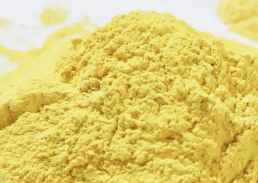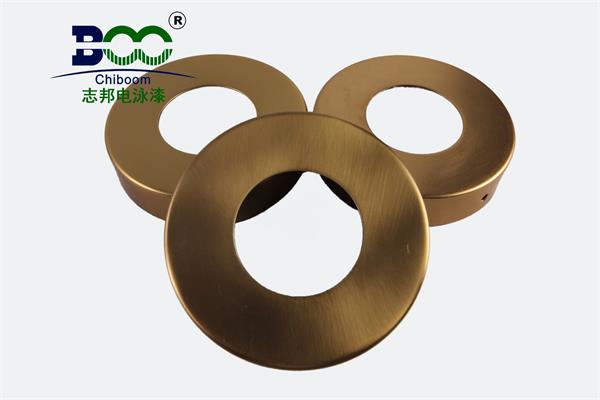Analysis of the Main Components of Electrophoretic Paint
Electrophoretic paint, also known as electrophoretic coating, serves as a vital component of modern coating technology and has been widely applied in various industrial fields. So, what are the main components that constitute electrophoretic paint? This article will provide you with a detailed analysis.
The foundational component of electrophoretic paint is resin. There are numerous types of resins, among which acrylate resin and epoxy resin are the most commonly used. Acrylate resin, due to its excellent adhesion and flexibility, allows electrophoretic paint to tightly adhere to the surface of workpieces during the coating process, forming a uniform paint film. Meanwhile, epoxy resin, with its outstanding corrosion resistance, further enhances the protective properties of electrophoretic paint. These resins not only provide electrophoretic paint with necessary physical and chemical properties but also determine its coating performance and construction process.

With the growing awareness of environmental protection, water-based electrophoretic paint has gradually become the mainstream in the market. Compared with traditional solvent-based electrophoretic paint, water-based electrophoretic paint uses water as a solvent, significantly reducing the emission of harmful substances and enhancing safety and environmental protection. This shift not only meets the requirements of modern industries for green production but also lays a solid foundation for the widespread application of electrophoretic paint.
The color and effect of electrophoretic paint mainly depend on the addition of pigments and additives. Pigments can increase the color depth, brightness, and durability of the coating, satisfying different decorative needs. Additives are used to improve the physicochemical properties and coating characteristics of the coating, such as tackifiers that can increase the viscosity of the paint, defoamers that can make the coating smoother, and antistatic agents that can prevent adverse phenomena caused by static electricity. The incorporation of these additives enables electrophoretic paint to exhibit more excellent performance during the coating process.
Apart from resins, pigments, and additives, solvents are also an indispensable component of electrophoretic paint. Solvents are mainly used for the dilution and formulation of resins, as well as for rheological control and coating performance adjustment of the coating. Different types of solvents can have different impacts on the properties and application effects of the coating. Therefore, it is necessary to select appropriate solvents and ratios based on different electrophoretic coating processes.
During the electrophoretic coating process, resins are also used together with crosslinking agents. Crosslinking agents are crucial components that determine the hardness, durability, and chemical resistance of the coating. Common crosslinking agents include isocyanate compounds, such as melamine and polyisocyanates. These crosslinking agents undergo intermolecular crosslinking reactions when heated, improving the hardness and mechanical properties of the coating, thereby enhancing the protective properties and service life of electrophoretic paint.
Furthermore, electrophoretic paint may also contain some fillers, such as calcium silicate, talc, and alumina. These fillers can increase the hardness and filling performance of the coating, further improving the coating effect of electrophoretic paint.
In summary, electrophoretic paint is a composite system composed of various components, including resins, pigments, additives, solvents, crosslinking agents, and fillers. These components interact during the electrophoretic coating process, collectively determining the physicochemical properties, coating performance, and construction process of electrophoretic paint. With the continuous development and improvement of electrophoretic technology, electrophoretic paint will be applied in more fields, making greater contributions to the development of modern industries.





 WeChat
WeChat